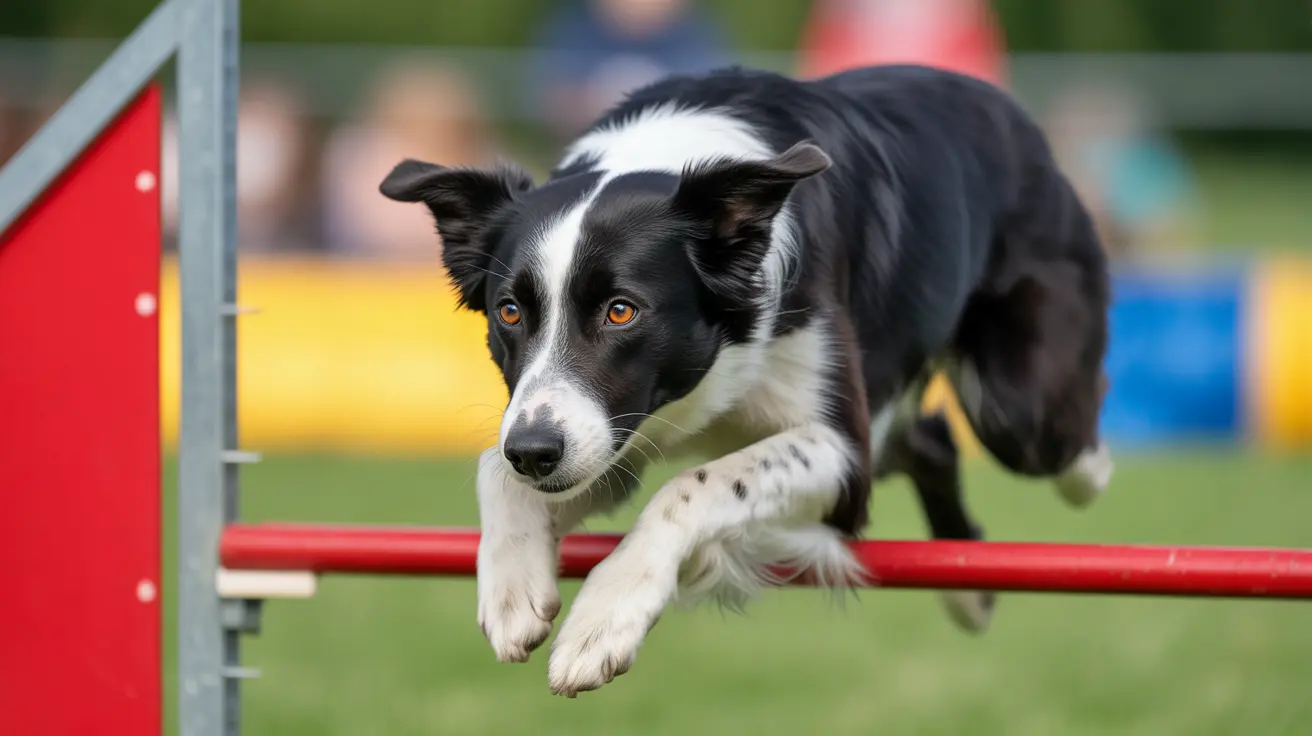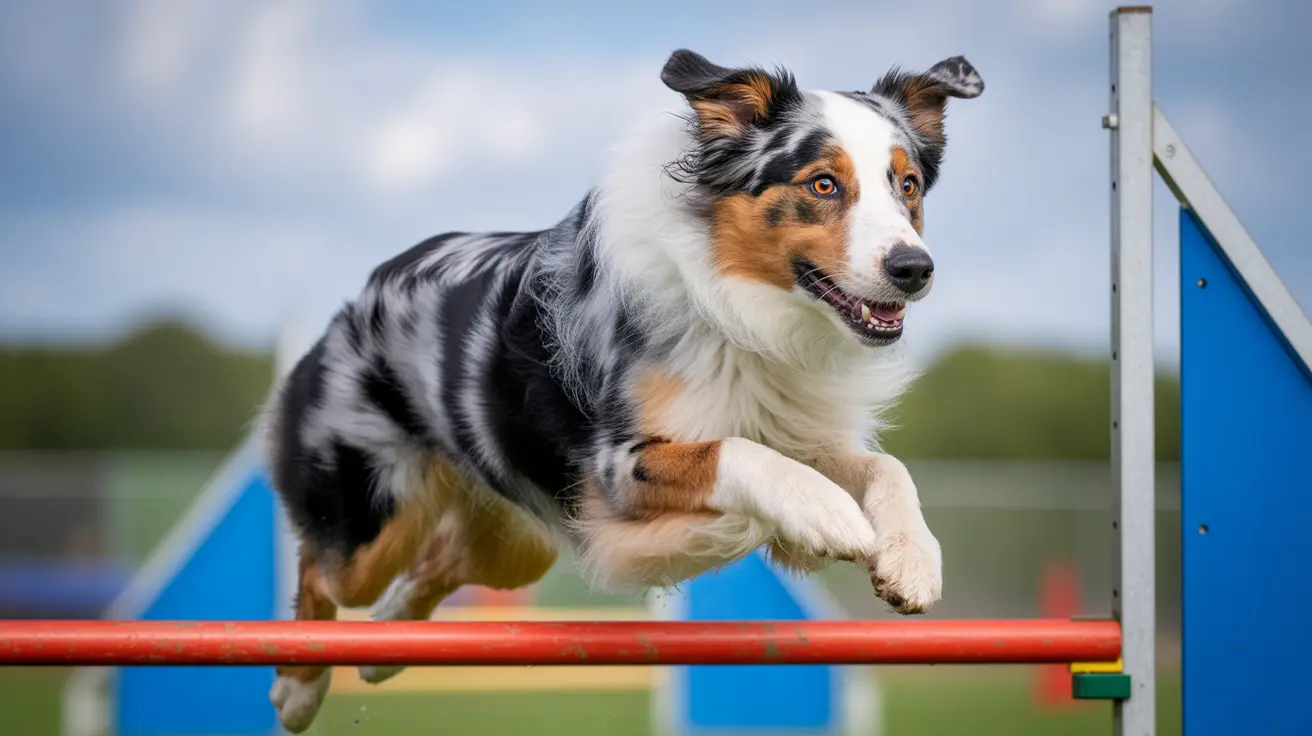Do Soft Coated Wheaten Terriers Bark a Lot? An In-Depth Look at Their Vocal Behavior
When considering a dog breed for your home, one common concern is excessive barking. Among the many expressive and engaging breeds, the Soft Coated Wheaten Terrier stands out for its friendly personality, loyalty, and unique coat. But how often do Wheaten Terriers bark, and can their vocal habits be managed? In this article, we explore the barking tendencies of this lovable Irish breed, drawing on their history, temperament, and training needs.
Understanding the Wheaten Terrier’s Temperament
The Soft Coated Wheaten Terrier was developed in Ireland as a multipurpose farm dog. Bred to herd livestock, hunt vermin, and guard property, Wheatens also served as family companions—trustworthy but independent. Their energy, enthusiasm, and watchful nature contribute to their vocal tendencies.
- Friendly and lively: Wheatens are extroverted and affectionate. Their barking often stems from excitement or a desire to engage with people or other animals.
- Watchdog instincts: While not aggressive, Wheatens are alert and protective. They may bark to notify their owners of unexpected movement or sounds, making them good watchdogs.
- Social nature: This breed is known for the “Wheaten Greetin’,” a spirited and joyful reception accompanied by barks and jumping. It’s a natural and endearing behavior showing their affection.
Why Wheatens Bark
Although Wheatens are not known for excessive barking compared to other terrier breeds, they are still terriers—alert and aware of their surroundings. Their barking signals:
- Excitement: Greeting family members or anticipating a walk can trigger excited barking.
- Alert responses: New sights and sounds, visitors, or outdoor activity may prompt alert barking.
- Boredom or frustration: Wheatens are intelligent and energetic. Without adequate activity and stimulation, they may bark out of boredom.
- Separation anxiety: As they form strong bonds with their families, being left alone for long periods may cause vocal distress.
Training Techniques to Manage Barking
The key to minimizing unwarranted barking lies in early and consistent training. Soft Coated Wheaten Terriers respond well to positive reinforcement and structure.
- Socialization: Exposing a Wheaten puppy to a variety of people, dogs, and environments helps them feel comfortable and reduces fear-based barking.
- Training cues: Teaching commands like “quiet,” “enough,” or “leave it” provides a clear signal when barking is unnecessary.
- Reward-based reinforcement: Praising or treating the dog for remaining calm when encountering a stimulus decreases the inclination to bark.
- Desensitization: Gradual exposure to triggers such as doorbells, vacuum cleaners, or street noise reduces sensitivity and reaction.
- Use of toys and puzzles: Keeping a Wheaten engaged with interactive toys can minimize boredom-related barking.
Environmental and Lifestyle Considerations
Exercise and routine play an important role in behavior management. Wheatens require 30–60 minutes of daily physical activity. Regular walks, active play sessions, and training exercises contribute to a calmer, more contented dog.
Living arrangements might influence barking. While Wheatens can adapt to apartment life, they still need mental and physical stimulation. Without regular interaction, barking may increase as a means of expressing energy or loneliness.
How Wheaten Barking Compares to Other Breeds
Compared to other terriers, the Soft Coated Wheaten Terrier is typically less aggressive and less prone to nuisance barking. They’re considered more balanced in temperament than high-strung terriers such as the Jack Russell or Yorkshire Terrier. Their affectionate and people-centered personalities help moderate their vocal behavior—given the right training and care.
Indicators of Problem Barking
Occasional barking is normal in any dog, but repetitive or excessive barking may be a sign of an underlying issue. Look out for:
- Changes in behavior: Increased barking may stem from new stressors or health problems.
- Destructive habits: Excessive barking sometimes accompanies digging or chewing, signaling boredom or anxiety.
- Vocalization when alone: This may indicate separation anxiety and requires structured intervention or consult with a trainer.
Managing Barking with Healthy Routines
Combining proper training with a healthy lifestyle fosters a quieter and more balanced Wheaten Terrier. Consider these habits:
- Engage in early obedience classes.
- Stick to daily exercise regimens.
- Limit alone time to prevent separation anxiety.
- Structure daily routines so your dog knows what to expect.
- Communicate with consistent commands.
Conclusion
Do Wheaten Terriers bark a lot? Not excessively—but they are naturally vocal in certain contexts such as play and alerting their owners. With consistent training, physical activity, and mental engagement, barking remains manageable and even becomes a charming part of their lively personality. Understanding their needs allows you to shape a well-adjusted and quieter companion.





